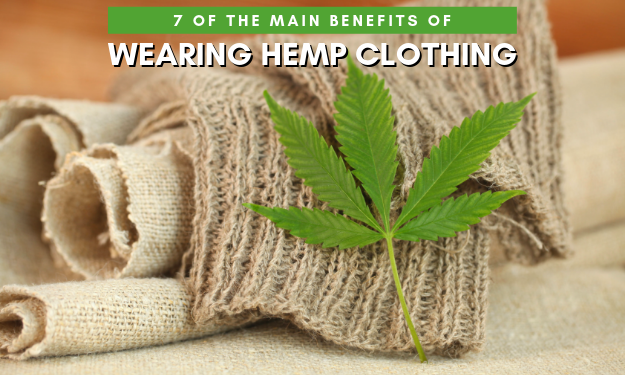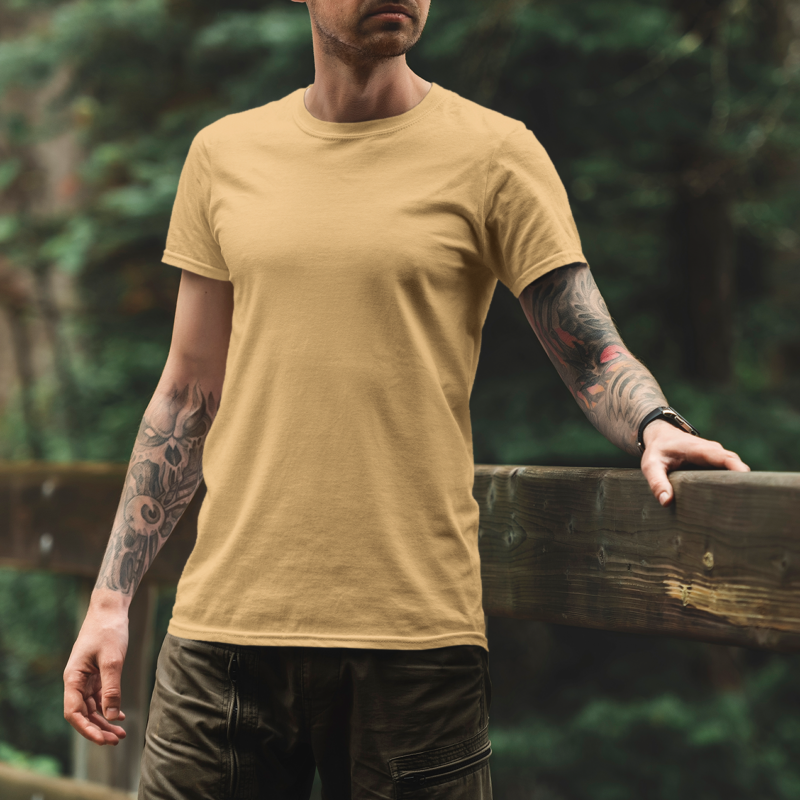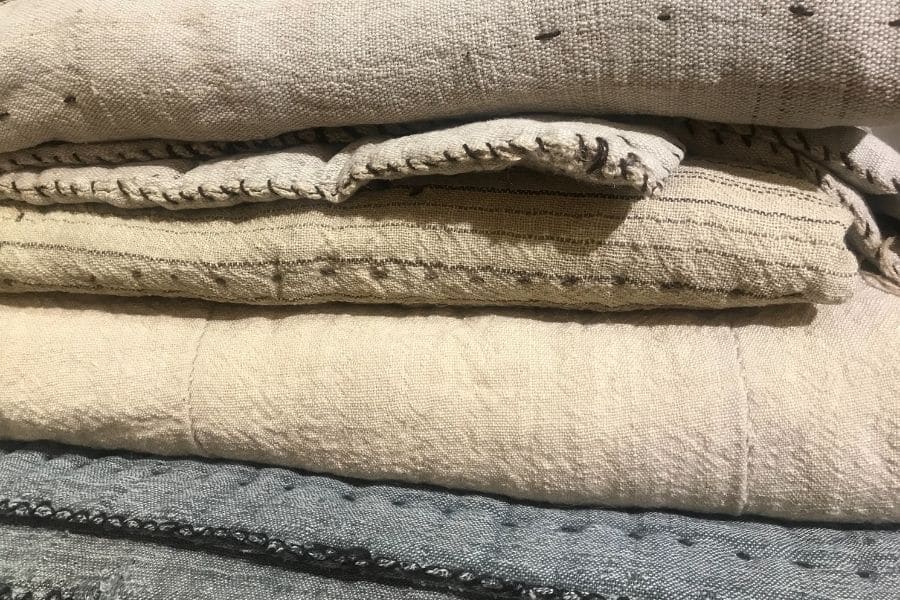Excellent Tips For Choosing Bamboo Clothing
Wiki Article
How Can Hemp An Environmentally Sustainable Crop With Respect To Pesticides, Water Use And Herbicides, Compared To Cotton?
There are many reasons hemp is regarded as a sustainable plant if you compare it to cotton in terms water usage in terms of insecticides, herbicides, and water usage.
Hemp- Hemp is well-known for its low need for water in comparison to other crops, like cotton. Hemp is a drought-resistant, low-irrigation plant. Hemp is able to be grown in numerous regions using only rainwater, which makes it a water-efficient option.
Cotton- Conventional textiles are renowned for their high water consumption. Cotton cultivation requires a lot of irrigation, which could lead to local water shortages and loss of water resources in areas under water stress. Cotton farming has been criticized due to its high water use.
Pesticides and Herbicides-
Hemp - The hemp's natural resistance to a variety of insects, diseases, and weeds minimizes the need for synthetic pesticides. The use of chemicals in hemp is lower than other crops such as cotton. The cultivation of hemp organically is almost free of pesticides.
Cotton- Conventional cotton farming is heavily dependent on pesticides that are synthetic. Herbicides are also used to eliminate the growth of weeds. These chemicals may have adverse environmental effects including soil and groundwater contamination, harm to the other species and development of pesticide-resistant pests.
In the end hemp is considered to be an environmentally sustainable alternative to cotton in terms of the use of water, pesticides and herbicides-
Hemp requires less water to grow and is usually grown using water from rain, with no irrigation, or even with no water at all.
Hemp is naturally invulnerable to disease and pests, which makes it less reliant on pesticides.
Hemp cultivation generally involves fewer synthetic pesticides and herbicides compared to traditional cotton.
It is important to keep in mind that environmentally sustainable and sustainable methods differ between different farmers. Furthermore, organic farming methods further enhance the sustainability of both hemp and cotton by minimizing the usage of synthetic chemicals as well as enhancing soil health. If you are considering the environmental impacts of textiles and clothing, choosing organic and sustainably produced fibers, such as hemp or cotton, can help reduce the ecological footprint of the fashion industry. View the top read what he said on hemp clothing for site advice including hemp mens jeans, hemp tee shirts, hemp work pants, patagonia hemp pants, hemp bathing suit, hemp denim, patagonia hemp overalls, clothes made from hemp, hemp jeans, hemp pants mens and more.

What Is The Hemp-Based Clothing's Performance With Other Fibres In Terms Of Quality And Function?
Hemp clothing is an eco-friendly option that offers many functional and technical advantages over traditional fibers. Here are some of the ways hemp clothing sets itself apart as a sustainable, high-performance option for moisture wicking and breathability.
Hemp fibres are highly breathable. They also wick away moisture, which makes hemp clothing extremely comfortable under all kinds of conditions. They can help wick away moisture, keeping the wearer cool and dry during hot weather.
Temperature Regulation
Hemp clothing has excellent thermoregulatory characteristics. It will keep you warm in cool temperatures by trapping body heat and assisting to keep cool in hot conditions when moisture and heat can be released. Being able to control your body temperature naturally can help you stay away from frequent changes of clothes.
Durability and long-term durability
Hemp fibers can be durable. Clothing made from hemp is stronger and more resistant to wear than clothing constructed from other fibers like cotton. This means hemp clothing can last a lot longer. It also means less requirement for regular replacements.
UV Protection-
Hemp fibers shield the skin from harmful UV radiations. This is especially useful for outdoor sports and activities.
Biodegradability:
Hemp clothing degrades naturally with time. This reduces the textile waste's environmental burden, since synthetic fibers are able to persist in landfills.
Low Environmental Impact
Hemp farming typically uses fewer chemical pesticides and herbicides that traditional cotton. The hemp plant uses less water and therefore is a better choice for the ecological environment. These eco-friendly characteristics are enhanced by hemp cultivation that is organic.
Carbon Sequestration
Hemp plants are able to absorb carbon dioxide throughout their growth. The hemp plant acts as a carbon sink and reduce greenhouse gas emissions.
Crop rotation and sustainability-
Hemp can be easily incorporated into crop-rotation systems that improve the overall health of soils. It also reduces the risk of soil loss or the accumulation of disease. The hemp's environmental impact is enhanced through this sustainable farming technique.
Versatility:
To create fabric blends that are high-performance and eco-friendly, hemp fibers can also be blended with other fabrics such as organic cotton or recycled Polyester. This versatility allows textiles to be innovative and environmentally sustainable.
Low Toxicity
Hemp fibres are not high in toxicity due to nature and do not require chemical processing. They help reduce the environmental impact associated with textile production.
While hemp provides many environmentally friendly and functional benefits but the durability of clothing is affected by factors such as the process of dyeing and transportation. Also, it is affected by ethical labor practices. To help consumers make sustainable choices, they should seek out clothing brands which prioritize sustainability, transparent manufacturing, and ethical practices. Take a look at the most popular hemp clothing examples for blog advice including hemp pants, hemp clothing for men, hemp active wear, hemp long sleeve shirt, hemp swimsuit, hemp trousers, hemp t shirt mens, mens hemp clothing, mens hemp t shirts, hemp button shirt and more.

What are the major differences between bamboo and hemp fibers?
Both bamboo and hemp fibers are plant-based fibres used to create textiles. Each has distinct characteristic and properties. These are the main distinctions between bamboo and hemp fibers- 1. Plant Source-
Hemp- Hemp fibers are taken from the hemp stalks plant, particularly from the bast fibers on the outside. Hemp, a versatile and rapidly-growing plant, has been cultivated throughout the ages in various ways.
Bamboo Fibers of Bamboo are made by the cellulose of bamboo plants. Bamboo is a fast-growing grass species known for its rapid renewal and sustainability.
2. Fiber Characteristics
Hemp Fibers Hemp fibers have a reputation for durability and strength. They are some of the strongest natural fibres, and soften with every wash. They are perfect for fabrics that last.
Bamboo Fibers- Bamboo fibers possess a silky, soft texture. While they might not be as strong as hemp fibres, and are more delicate in certain circumstances, their comfort on the skin is greatly appreciated.
3. Texture, Feel and Look-
Hemp Fabric- Hemp is a material with a texture, and a coarser feel in its original state. It can be comfy however it has a different texture compared to bamboo.
Bamboo is silky smooth and soft. It is often compared to the combination of silk and twill, which makes it very comfy.
4. Dryness and Breathability-
Hemp- Hemp is naturally breathable. Hemp also absorbs water. They can help keep you cool during hot summer days.
Bamboo fibers can also be extremely ventilated. They're able to wick away moisture. They're also equipped with micro-gaps which enhance their capacity to regulate moisture and temperature.
5. Environmental Impact-
Hemp Hemp is a fiber that's considered eco-friendly due to the fact that it requires very little water, grows rapidly and has a great resistance to insects. It also lowers pesticide and herbicide use. It is also able to absorb carbon dioxide from the atmosphere as it grows.
Bamboo- Bamboo's sustainability is well-known. It grows quickly, requires minimal water, and is easy to grow without pesticides that are synthetic. Some bamboo species like Moso Bamboo, are thought to be highly sustainable.
6. Processing-
Hemp- Hemp fibers require an extensive process to separate the outer bast fibers from the woody core. Processing may involve decortication, retting, or mechanical separation.
Bamboo Fibers of bamboo are generally produced through a chemical procedure called the rayon or viscose process. It involves using chemicals to break the bamboo into pieces. When not properly managed this process can be harmful to the ecosystem. But some bamboo fabric make use of closed loop systems to reduce waste.
7. Versatility-
Hemp- Hemp can be utilized to create a variety of products, such as clothing papers, textiles and building materials.
Bamboo Fibers- Bamboo fibers have been used for clothing, textiles and other products.
Summary The two types of bamboo offer unique benefits and are both sustainable. The choice between them depends on the characteristics you look for in a cloth and your personal preference for sustainability. Check out the most popular bamboo clothing for more advice including bamboo maternity wear, bamboo yoga wear, bamboo maternity, bamboo clothing wholesale, clothes made from bamboo fiber, bamboo shorts mens, bamboo mens shirts, clothes made from bamboo fiber, bamboo cay shirts christmas, bamboo bed clothes and more.
